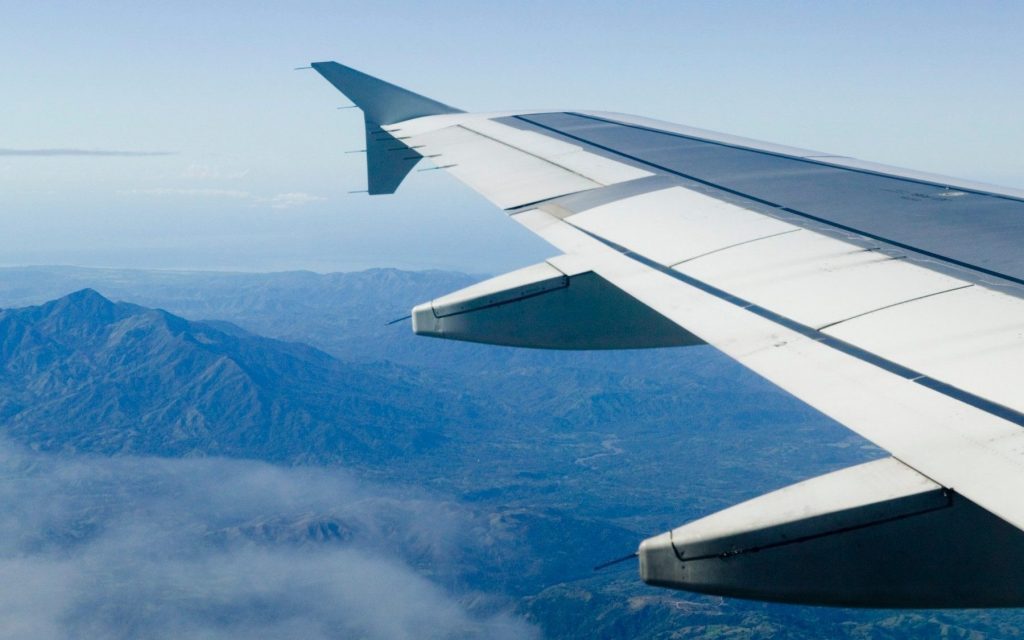Flying with a power bank – The ultimate guide
Flying with a power bank
Flying with a power bank can quickly turn into a stressful situation due to the strict and often confusing rules about travelling with spare batteries. And the worst part is, is that if you get something wrong, you risk your power bank being confiscated, which could leave you with no way to charge your phone and devices when you get to your destination!
So, to make sure that you never end up without your power bank on your travels, we have put together everything you need to know about flying with a power bank.
Can I take my power bank on a plane?
The Civil Aviation Authority of New Zealand defines power banks as spare batteries, meaning that a power bank with a battery capacity less than 100-Wh (Watt-hours) can be taken as carry-on luggage. But remember, a power bank cannot be in your checked-in luggage no matter how small it is.
In some instances, a power bank with a capacity of up to 160-Wh can be taken with prior approval from your airline. Nevertheless, before flying with a power bank it is always recommended to check your airlines specific rules, such as Air New Zealand’s limits for lithium batteries or the Qantas dangerous goods guideline.
How many power banks can I take with me?
According to an International Air Transport Association article, an upper limit for spare batteries was put into force in January 2018 meaning that a passenger can carry up to a maximum 20 spare batteries that are rated under 100Wh. This upper limit may vary between airlines, and more spare batteries can possibly be taken with prior approval from your airline.
What does Wh and mAh stand for?
Wh is the abbreviation for Watt-hours. This is a measure for how much energy a power bank can store and is relative to the amount of Lithium in the battery. Similarly, mAh is the abbreviation for milliamp-hour, which is also a measure for the capacity of a power bank. However, the mAh of a battery does not directly relate to the amount of Lithium in the battery. Therefore, mAh is converted to Wh for checking whether or not a power bank can be taken on a plane.
How do I calculate the Wh of my power bank?
Watt hours can be calculated by multiplying a batteries milli-Amp hours (mAh) with its Voltage (V) and dividing by 1,000:
Wh = (mAh x V) / 1,000
For example, our SunSaver power banks have the following Wh ratings:
SunSaver 10K (10,000mAh and 3.7V):
Wh = (10,000 x 3.7) / 1,000 = 37Wh
SunSaver Classic (16,000mAh and 3.7V):
Wh = (16,000 x 3.7) / 1,000 = 59.2Wh
SunSaver 24K (24,000mAh and 3.7V):
Wh = (24,000 x 3.7) / 1,000 = 88.8Wh
Because these ratings are below 100Wh, SunSaver power banks are permitted as carry-on for most flights. For example, a 100Wh power bank has a capacity of 27,000mAh. If you don’t trust your math skills, simply let this online battery capacity calculator do the work for you.
What is a Lithium Battery and why are they so restricted?
A lithium battery consists of an Anode (negative electrode) and Cathode (positive electrode) separated by an electrolyte. The battery generates charge by positively charged Lithium ions moving from the Anode to the Cathode, providing electrons to an external electrical circuit in the process.
The electrolyte material plays an important role in regulating the flow of Lithium ions between the electrodes. Because if the Anode and Cathode were to ever touch, the flow of lithium ions would be so rapid, that the amount of electrons being discharged at once could have enough power to start a fire!, hence the restrictions.
If you want to find out more about Lithium Batteries’, you can read this article by batteryuniversity.com.
Why can’t a power bank be put in my checked in luggage?
Because in the unlikely event that a lithium battery does catch fire, it is much easier for the crew to deal with the fire if it is in the cabin rather than the cargo hold.

